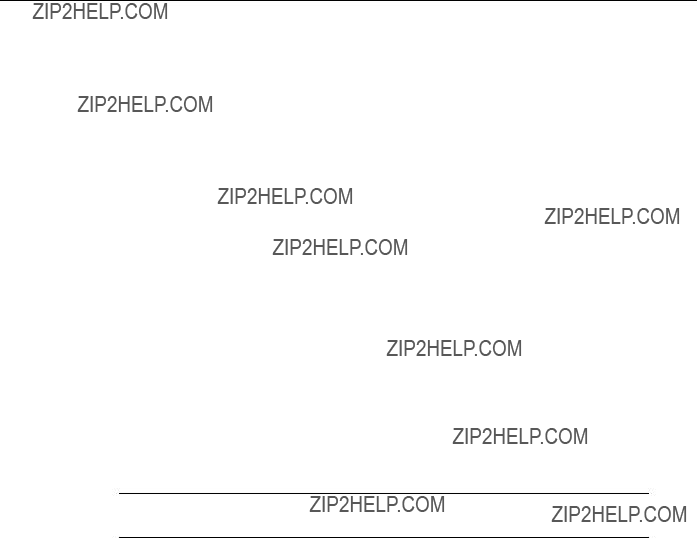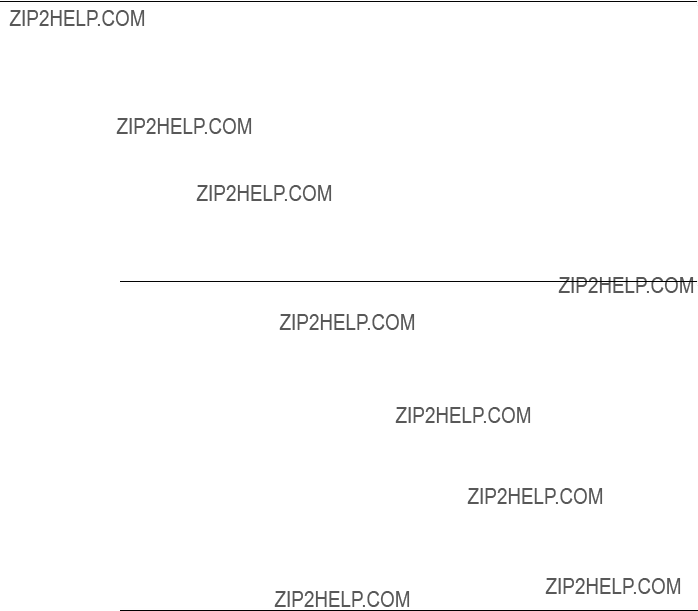27pak=0x82DC904 buf=0x21D65A status=0x80 pak_size=0
28pak=0x82DC70C buf=0x21CF52 status=0x80 pak_size=0
29pak=0x82DC514 buf=0x21C84A status=0x80 pak_size=0
30pak=0x82DC31C buf=0x21C142 status=0x80 pak_size=0
31pak=0x82DC124 buf=0x21BA3A status=0xA0 pak_size=0 RX MAC message ring with 8 entries at 0x201E80
rx_head_mac = 0x201EB0 (6), rx_p_mac = 0x82D480C (6)
00pak=0x82E0DEC buf=0x22CC72 status=0x80 pak_size=0
01pak=0x82E021C buf=0x22A242 status=0x80 pak_size=0
02pak=0x82E060C buf=0x22B052 status=0x80 pak_size=0
03pak=0x82E11DC buf=0x22DA82 status=0x80 pak_size=0
04pak=0x82DFC34 buf=0x228D2A status=0x80 pak_size=0
05pak=0x82E09FC buf=0x22BE62 status=0x80 pak_size=0
06pak=0x82DEE6C buf=0x225BF2 status=0x80 pak_size=0
07pak=0x82DFA3C buf=0x228622 status=0xA0 pak_size=0 TX BD ring with 8 entries at 0x201FB8, tx_count = 0
tx_head = 0x201FB8 (0), head_txp = 0x82D4888 (0) tx_tail = 0x201FB8 (0), tail_txp = 0x82D4888 (0)
00pak=0x000000 buf=0x200000 status=0x00 pak_size=0
01pak=0x000000 buf=0x200000 status=0x00 pak_size=0
02pak=0x000000 buf=0x200000 status=0x00 pak_size=0
03pak=0x000000 buf=0x200000 status=0x00 pak_size=0
04pak=0x000000 buf=0x200000 status=0x00 pak_size=0
05pak=0x000000 buf=0x200000 status=0x00 pak_size=0
06pak=0x000000 buf=0x200000 status=0x00 pak_size=0
07pak=0x000000 buf=0x200000 status=0x20 pak_size=0 TX PD ring with 8 entries at 0x202038, tx_count = 0
tx_head_pd = 0x202038 (0) tx_tail_pd = 0x202038 (0)
00status=0x00 bd_index=0x0000 len=0x0000 hdr_len=0x0000 ehdr: 00 00 00 2E FF FF
01status=0x00 bd_index=0x0001 len=0x0000 hdr_len=0x0000 ehdr: 00 00 00 2E FF FF
02status=0x00 bd_index=0x0002 len=0x0000 hdr_len=0x0000 ehdr: 00 00 00 2E FF FF
03status=0x00 bd_index=0x0003 len=0x0000 hdr_len=0x0000 ehdr: 00 00 00 2E FF FF
04status=0x00 bd_index=0x0004 len=0x0000 hdr_len=0x0000 ehdr: 00 00 00 2E 00 00
05status=0x00 bd_index=0x0005 len=0x0000 hdr_len=0x0000 ehdr: 00 00 00 2E 00 00
06status=0x00 bd_index=0x0006 len=0x0000 hdr_len=0x0000 ehdr: 00 00 00 00 00 00
07status=0x20 bd_index=0x0007 len=0x0000 hdr_len=0x0000 ehdr: 00 00 00 00 00 00
MIB Statistics
DS fifo full = 0, Rerequests = 0
DS mac msg overruns = 0, DS data overruns = 0 Qualified maps = 0, Qualified syncs = 0
CRC fails = 0, HDR chk fails = 0 Data pdus = 0, Mac msgs = 0 Valid hdrs = 0
BCM3220 Registers: downstream dma:
ds_data_bd_base=0x001D40, ds_mac_bd_base=0x001E80 ds_data_dma_ctrl=0x98, ds_mac_dma_ctrl=0x98 ds_dma_data_index=0x0000, ds_dma_msg_index=0x0000
upstream dma:
us_bd_base=0x001FB8, us_pd_base=0x002038 us_dma_ctrl=0x00, us_dma_tx_start=0x00
global control and status: global_ctrl_status=0x00
interrupts:
irq_pend=0x0018, irq_mask=0x00E7



















































